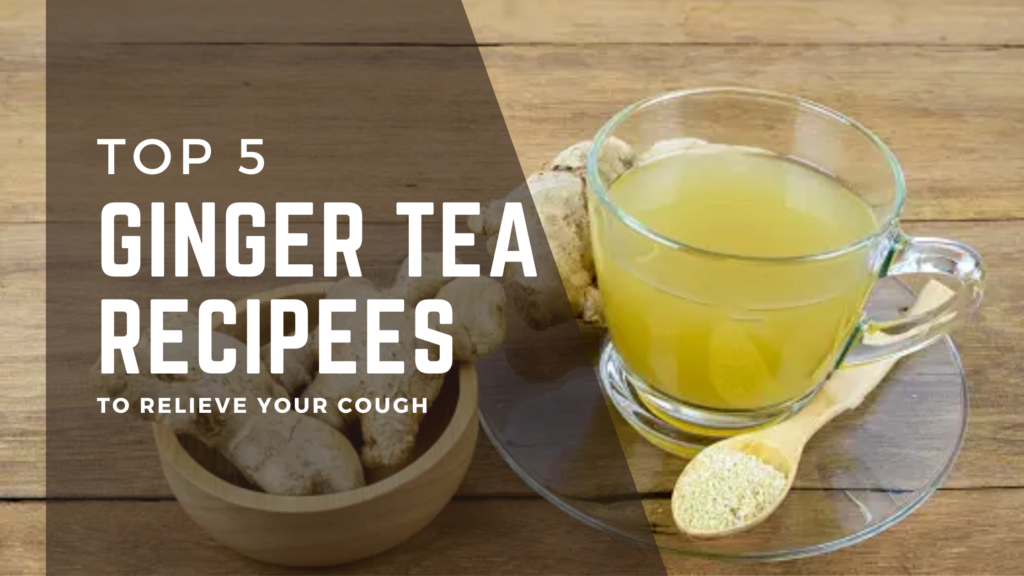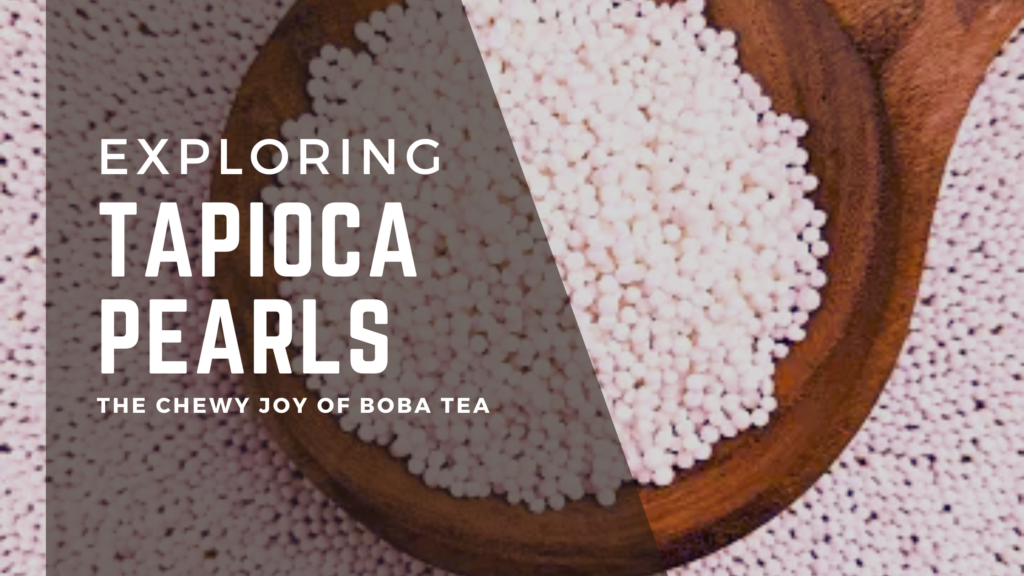Minimizing Risk, Maximizing Success: Essential Tips for Choosing a Small Franchise Business in India
The entrepreneurial spirit is alive and well in India. With a booming economy projected to reach $5 trillion by 2025, and a growing middle class with rising income, the craze of owning a business is stronger than ever. However, starting a business from scratch comes with many risks. This is where the small franchise business in India emerges as a compelling option. Franchises offer the established brand recognition, proven business model, and support system of a larger company, significantly reducing the risks associated with launching a new business. According to the Franchise India 2023 Report, the franchise industry in India is expected to reach a whopping ₹2.1 lakh crore ($26.25 billion) by 2025. This explosive growth signifies the increasing popularity of small franchise business in India as a path to entrepreneurial success. But choosing the right small franchise business in India is crucial for maximizing your success. Here are some essential tips to guide you through this important decision: 1. Do Your Research: In-depth research is the cornerstone of any successful business venture. Start by exploring various industries within the small franchise business in India landscape. The latest statistics from the Franchise Association of India (FAI) show that food and beverage, education, and wellness are some of the fastest-growing sectors. Consider your own interests, skills, and the market demand in your chosen location. Humsafar Chai, Industry publications, franchise directories like Franchise India, and government websites like MSME (Micro, Small and Medium Enterprises) can be valuable resources for gathering information on specific industries and potential competitors. 2. Understand the Franchise Model Not all franchises are created equal. Each franchise has its own terms and conditions, fees, and support structure. Carefully review the Franchise Disclosure Document (FDD) provided by the franchisor. For Example, if you are interested in tea shop franchise, then you should understand and know about every aspect related to tea shop franchise. This document outlines the franchise agreement, investment costs, ongoing royalties, and the level of support offered. Don’t hesitate to seek legal counsel to ensure you understand the terms fully, especially regarding financial obligations and termination clauses. 3. Evaluate the Franchise Brand (Reputation & Track Record): Research the franchisor’s reputation, track record, and litigation history. Are they established and financially stable? Do they have a strong brand presence across India? Talk to existing franchisees to gain valuable insights into the daily operations, profitability, and overall experience of being part of the franchise network. Online forums and franchisee association websites can also be helpful resources for gathering real-world experiences. 4. Consider Your Investment Capacity (Be Realistic): Small franchise business in India options come with varying investment requirements. Be realistic about your financial resources. Factor in initial franchise fees, royalty fees, marketing costs, staffing expenses, and working capital needs. Develop a comprehensive financial plan to ensure you have the resources to operate the business successfully. This plan should also consider the average payback period for your chosen franchise concept. 5. Location (Demographics & Foot Traffic): The right location can make or break your small franchise business in India. Carefully analyze demographics, foot traffic patterns, and competition in your chosen area. Does the location align with the target customer base of the franchise? Ensure the location complies with all zoning and licensing requirements. Tools like Google Maps and local business directories can be helpful for initial location research. 6. Match Your Skills and Interests (Passion & Expertise): While the franchise model provides a blueprint for success, your passion and skills are essential ingredients. Choose a franchise that aligns with your interests and leverages your existing skillset. Are you comfortable with customer service? Do you have a knack for operations management? Selecting a franchise that complements your strengths will make navigating the day-to-day operations more enjoyable and effective. 7. Seek Professional Guidance (Consultants & Advisors): Don’t hesitate to seek professional advice from franchise consultants or business advisors. These experts can provide valuable insights into the specific franchise opportunity you’re considering. They can also help you with financial planning, legal considerations, and navigating the franchise selection process. 8. Build Relationships (Franchisor Communication): Building a strong relationship with the franchisor is crucial for long-term success. During your research, schedule meetings with the franchisor to discuss your goals and expectations. Assess their communication style and support structure. A good franchisor is invested in your success and provides ongoing training, marketing assistance, and operational guidance. 9. Embrace Training and Support (Utilize Resources): One of the significant advantages of small franchise business in India is the comprehensive training and support offered by the franchisor. Take advantage of all training programs provided, whether it’s on operations, marketing, or customer service. The franchisor’s expertise can equip you with the knowledge and tools to navigate the complexities of running your business. 10. Commitment is Key (Long-Term Vision): Owning a small franchise business in India requires dedication and hard work. Be prepared to invest significant time and effort into building your business. Franchise ownership is not a get-rich-quick scheme. Success comes through consistent effort, adherence to the franchise model, and a customer-centric approach. Bonus Tip: Stay Adaptable in a Dynamic Market The Indian business landscape is constantly evolving. Consumer preferences and market trends can shift rapidly. A successful franchise owner is one who can adapt their approach and leverage the franchisor’s resources to stay ahead of the curve. Conclusion By following these essential tips, you can significantly increase your chances of finding the right small franchise business in India and maximizing your success in the exciting world of entrepreneurship. Remember, thorough research, careful planning, and a commitment to hard work are the hallmarks of a thriving small franchise business. So, take the plunge, brew your own brand of success, and become a part of India’s dynamic entrepreneurial landscape! Taking the Next Step Ready to explore the world of small franchise business in India? If you want to own a chai & cafe franchise business in in India which can give you 10x resultsin 6 months, then Contact Us Today and










